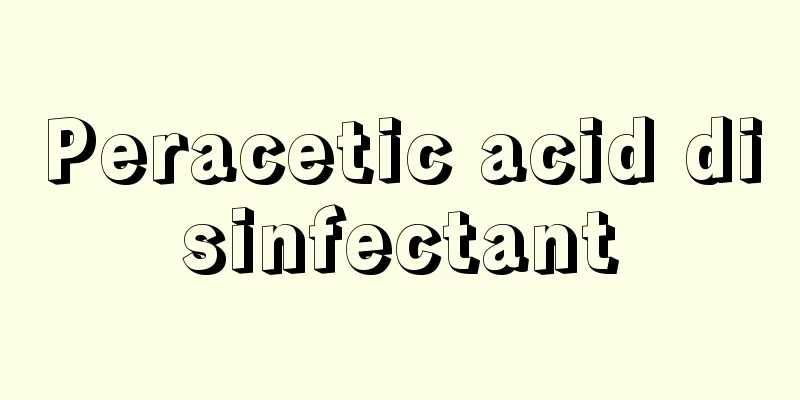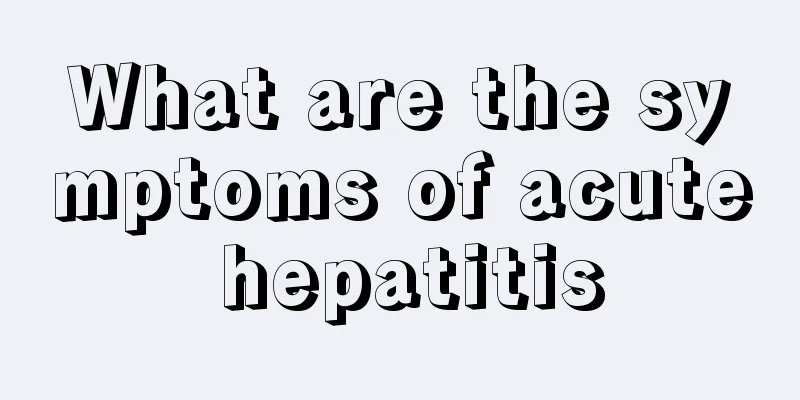Peracetic acid disinfectant

|
Peracetic acid disinfectant is an acidic oxidizing disinfectant that can be used to disinfect items in a variety of situations, and the disinfection effect is very good. Many friends will regularly clean and disinfect their living environment, but they do not use disinfectant. The sterilization effect is very poor. Using peracetic acid is a good choice. Alias : Peracetic acid disinfectant Peracetic acid disinfectant is a widely used acidic oxidizing bactericidal disinfectant that can quickly and thoroughly kill bacteria, fungi, viruses, algae, spores and other microorganisms under various conditions (even at a low water temperature of 4°C). The decomposition products are non-toxic and harmless, do not pollute the environment, and meet environmental protection requirements. Main Application In order to strengthen the disinfection of public places and homes, cut off the transmission route and avoid cross infection, the General Administration of Quality Supervision, Inspection and Quarantine of the People's Republic of China has formulated the "Guidelines for the Safe Use of Peracetic Acid Disinfectants" in reference to the "Common Disinfection Methods for Various Contaminated Objects (Trial)" promulgated by the Disease Control Department of the Ministry of Health on April 2, 2003, for the general public to refer to when using peracetic acid disinfectants for disinfection: 1. Disinfection of floors, walls, doors and windows Put 0.2% to 0.5% peracetic acid solution into a sprayer for spray disinfection. The liquid absorption of mud walls is 50 ml/m2 to 300 ml/m2, and that of cement walls, wooden walls, and lime walls is 100 ml/m2. The amount of disinfectant solution sprayed on the above-mentioned walls should not exceed their absorption capacity. For ground disinfection, spray once from outside to inside, with a spray volume of 200 ml/m2 to 300 ml/m2. After the indoor disinfection is completed, repeat the spraying from inside to outside. The above disinfection treatment should last no less than 60 minutes, and then open the doors and windows for ventilation. 2. Disinfection of housing space After the house is sealed, use 15% concentration, 7 ml of peracetic acid disinfectant (1 gram/cubic meter) per cubic meter of space, put it into a porcelain or glass container (which can be used for heating), heat and evaporate it with an alcohol stove or gas stove, and fumigate for 120 minutes. Then you can open the doors and windows for ventilation. Or use a 2% peracetic acid solution (8 ml/cubic meter) for spray disinfection. The maintenance time should be 30 to 60 minutes, and then open the doors and windows for ventilation. 3. Disinfection of clothes and bedding Place the peracetic acid solution (1 gram/cubic meter) to be disinfected into a porcelain or glass container (which can be used for heating), heat it with an alcohol stove or gas stove to evaporate it, and after fumigation for 60 to 120 minutes, you can open the doors and windows for ventilation. 4. Disinfection of tableware Soak the tableware in a 0.5% peracetic acid solution for 30 minutes. During the soaking process, the disinfectant should cover the utensils to be disinfected. Finally, wash the tableware with running water. 5. Disinfect food Soak fruits, vegetables and other foods in a 0.2% to 0.5% peracetic acid solution for 10 minutes. During the soaking process, the disinfectant should cover the food. Finally, wash the food with running water. |
<<: How to use clothing disinfectant?
>>: Sodium hypochlorite disinfectant
Recommend
What are the symptoms of chronic atrophic gastritis
If gastritis occurs, there is usually upper abdom...
What medicine should I take for autonomic nervous system disorder
Autonomic nervous system disorder is a common neu...
The reason why people gain weight quickly and lose weight quickly
Some people gain weight very quickly but find it ...
What's going on when a newborn has bloodshot eyes?
Regarding the appearance of bloodshot eyes, many ...
What is the normal breath holding time?
In our lives, many people will face threats of on...
Is glioma contagious?
Glioma is not contagious. This is only true for s...
What causes tooth acid after filling?
Many people have experienced the pain of tooth fi...
Diagnosed with lung cancer, want to know what to do next for treatment
After being diagnosed with lung cancer, patients ...
What should I do with the small red bumps on my face?
In real life, it is easy for small pimples to gro...
15 foot symptoms that reflect health problems
1. Leg cramps Sudden cramps in the feet may be ca...
What are the symptoms when a baby sprains his back?
Parents need to be extra careful when their babie...
What are the dangers of dental diseases in children?
Children like to eat sweets, and there are always...
The harm of washing your hair in the morning in winter
Maybe many of us have developed the habit of wash...
Should I use diapers or disposable diapers in summer
For families who have just had a baby, the elders...
Why does my throat hurt when I talk?
As we all know, if we talk too much, our throat w...









